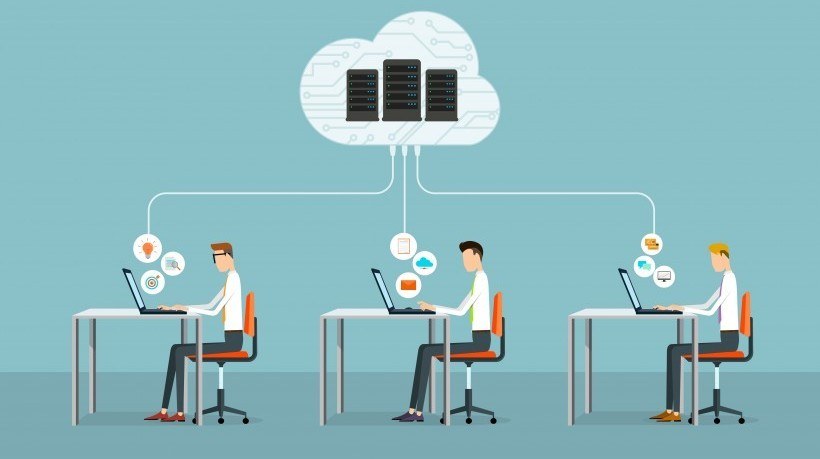The LMS Features You Don't Need For Sure
Learning Management Systems (LMSs) have become powerful tools for educational institutions, as well as many other organizations who face a difficult task to continuously train and develop their employees. These days, there are over 600 different LMSs available on the market, each often being quite unique and possessing a different feature set to meet the requirements of its users.
This abundance of options makes it rather difficult for many companies to invest in the right LMS, and they often end up buying a system that is way more expensive than what the company can comfortably afford, and one that offers features that sound cool but in reality, bring little to no value to the business. Various LMS vendors typically up-sell and overcharge for features that sound useful and interesting, but are rarely used by most customers.
To make sure that you do not fall into the trap of glamorized sales pitches during your own LMS selection process, it is important that you start by deciding what features are redundant, features that you won’t be using for the most part.
The majority of LMSs, at their core, are quite similar. They provide tools to add various types of eLearning solutions, and manage coursework content that can be edited, uploaded, graded, and assigned by an administrator or teacher. Typical users can read and access the materials, and then complete assignments or quizzes for every lesson. While features such as integration, ease of use, content management, and security are crucial to have in a good LMS, there are also many features that just add to the price but not productivity. These include:
1. Certificates
Although certificates in an LMS may be seen as a useful feature for motivating younger people and low-level staff, they usually don’t cater well to a broader audience. This is because certificates come off as childish and look silly when awarded to grown-ups. Unless your corporate eLearning program includes mandatory online training certifications, you will not need this feature.
2. Social Learning
Social learning can often appear to be more hype than useful. In the age of Millennials, the word "social" has become more of a cool buzzword that does little to contribute to the overall effectiveness of a Learning Management System. While this feature promises "enhanced learning" since the participants can help one another, it should be noted that this feature is rarely used. Think about this: Back in college, how many times did you and your friends plan a group study but ended up not going through with it? Furthermore, not every type of training is appropriate for social learning. For instance, you may have a scenario where different employees have different goals or different learning content to focus on. As with certificates, social learning is also better suited to a narrow type of audience (such as younger adults) or a narrow type of content, and may not prove to be that effective for the general learning population.
3. eCommerce
An eCommerce feature in a Learning Management System is useful only to those companies that want to generate revenue by selling online courses and training content. A typical eCommerce package includes elements such as tracking and reporting, payment gateway, notifications and support for marketing initiatives, all of which will be of zero importance to businesses that only use LMS to train their employees, which is usually the case for most companies.
4. Video Conferencing
Video conferencing often turns out to be a pretty useless feature in a Learning Management System simply because it serves a minimal purpose. Owing to the presence of companies' conference call systems, and wide availability of communication apps, such as Skype and Adobe Connect, there remains little to no need for corporate teams to have a separate video conferencing feature within their LMS.
5. Off-The-Shelf Course Libraries
A majority of the off-the-shelf course libraries currently available on the market tend to be expensive yet very basic and "cheesy" when it comes to the quality of content. The main problem with these courses is that they are typically too narrow or too broad to meet a business's unique requirements precisely, and will thus end up serving little value for money since they will hardly ever be utilized.
6. Mobile Learning
This LMS feature only serves value to businesses that have employees who work while traveling a lot since it delivers the training content on mobile phones or tablets. If your company mostly employs workers who spend a lot of time in the office, then you do not need this feature as your employees will be attending their training sessions on their work computers.
7. Gamification
Although gamification is on the fast track to becoming an industry norm for eLearning and can be a rather powerful tool, it doesn’t always prove to be effective. This is because the majority of Learning Management Systems offer barebones gamification features that are neither useful nor add to the learners’ ability to retain knowledge, a benefit that is widely promised with this feature. For this reason, a lot of training and development managers don’t even bother using the feature.
In short, different LMS focus on different aspects of their core functions, take a unique approach towards those functions, and often add extra features on top of the core functionality. Before making a final decision and settling on an LMS cost, a company should take into account its current business processes as well as its learning population in order to determine which features suit its needs.
It is always a good idea to acquire an LMS price quote from several LMS vendors after thoroughly going through their descriptions and comparing top Learning Management Systems side-by-side to determine the best fit. Don’t rush into things, and take your time when doing your research. Being thorough and due diligent will ensure that you get a system that meets all of the company’s requirements without having to overpay for the features you are not going to use.








